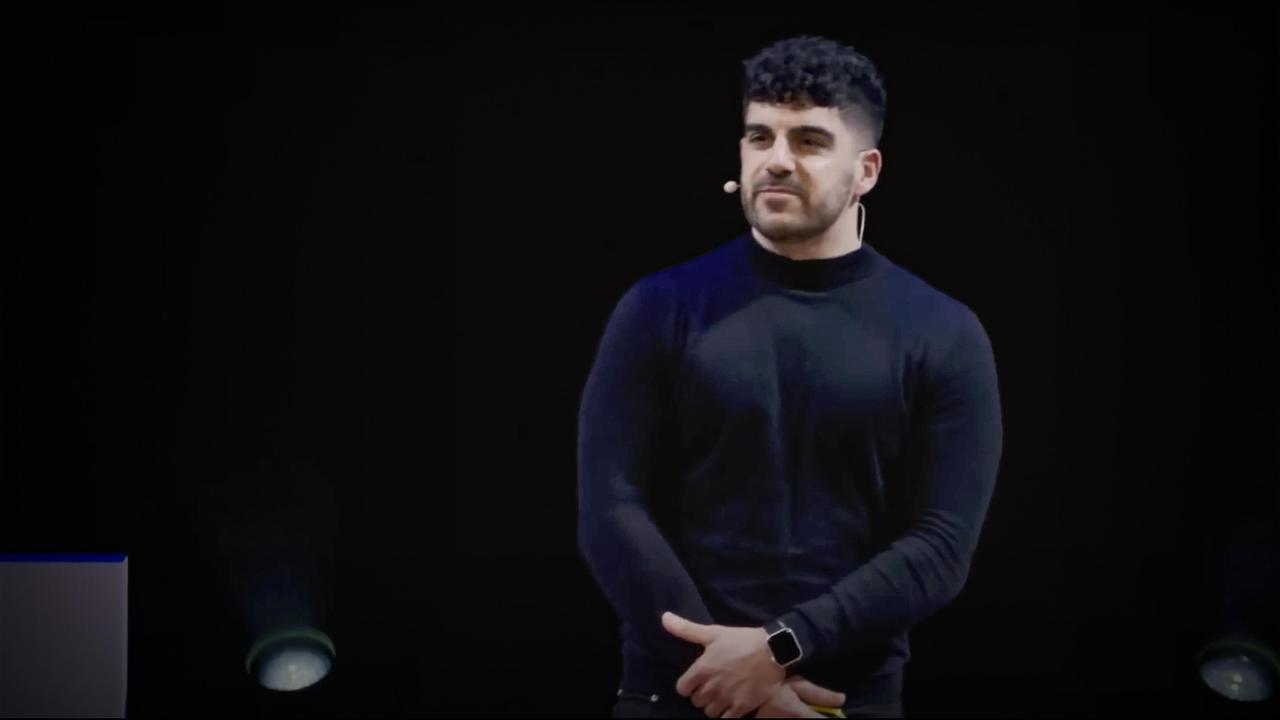
We're still in the dark about what 95 percent of our universe is made of — and the standard model for understanding particle physics has hit a limit.
What's the next step forward?
Particle physicist Alex Keshavarzi digs into the first results of the Muon g-2 experiment at Fermilab in Chicago, which found compelling evidence of new particles or forces existing in our universe — a finding that could act as a window into the subatomic world and deepen our understanding of the fabric of reality.
